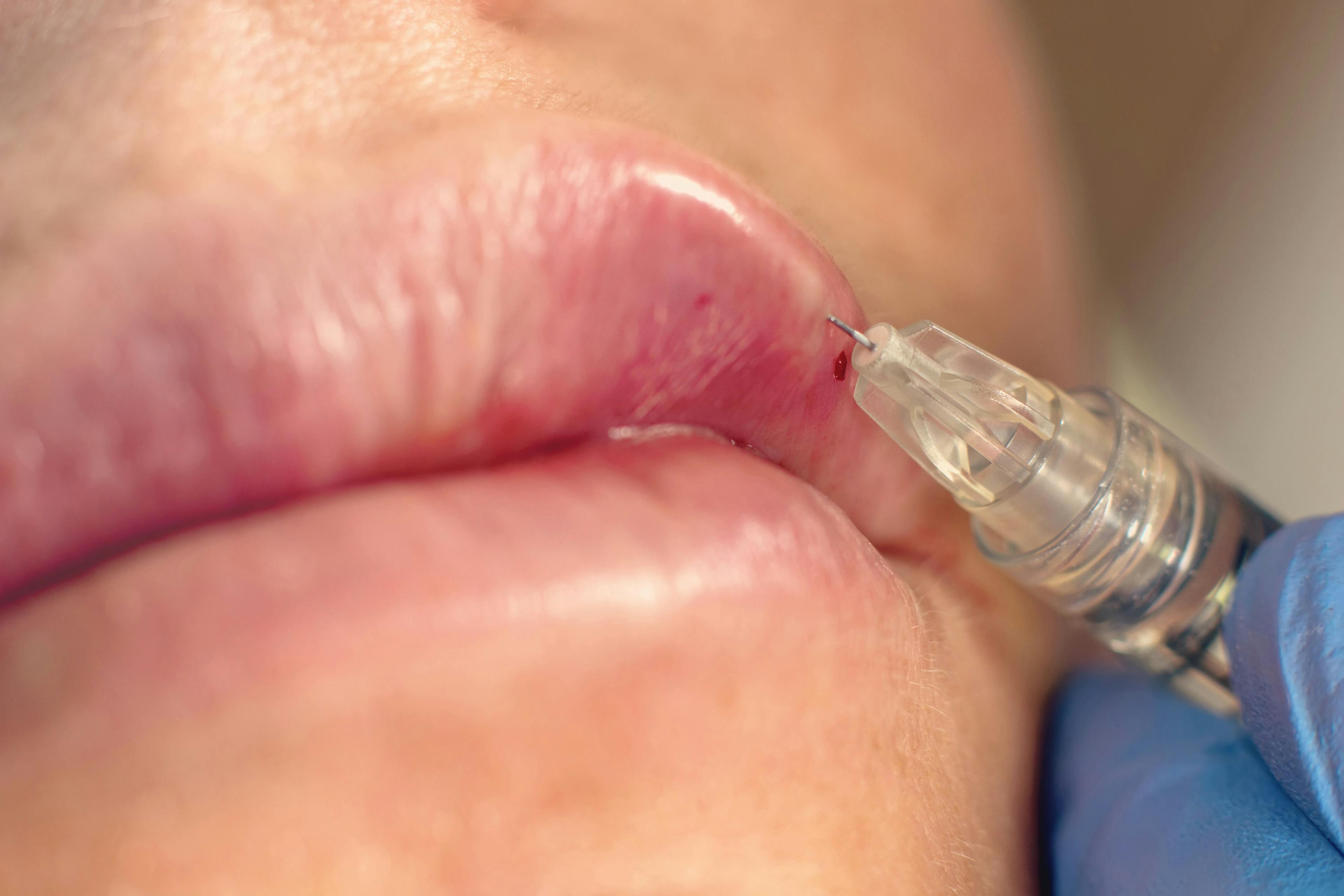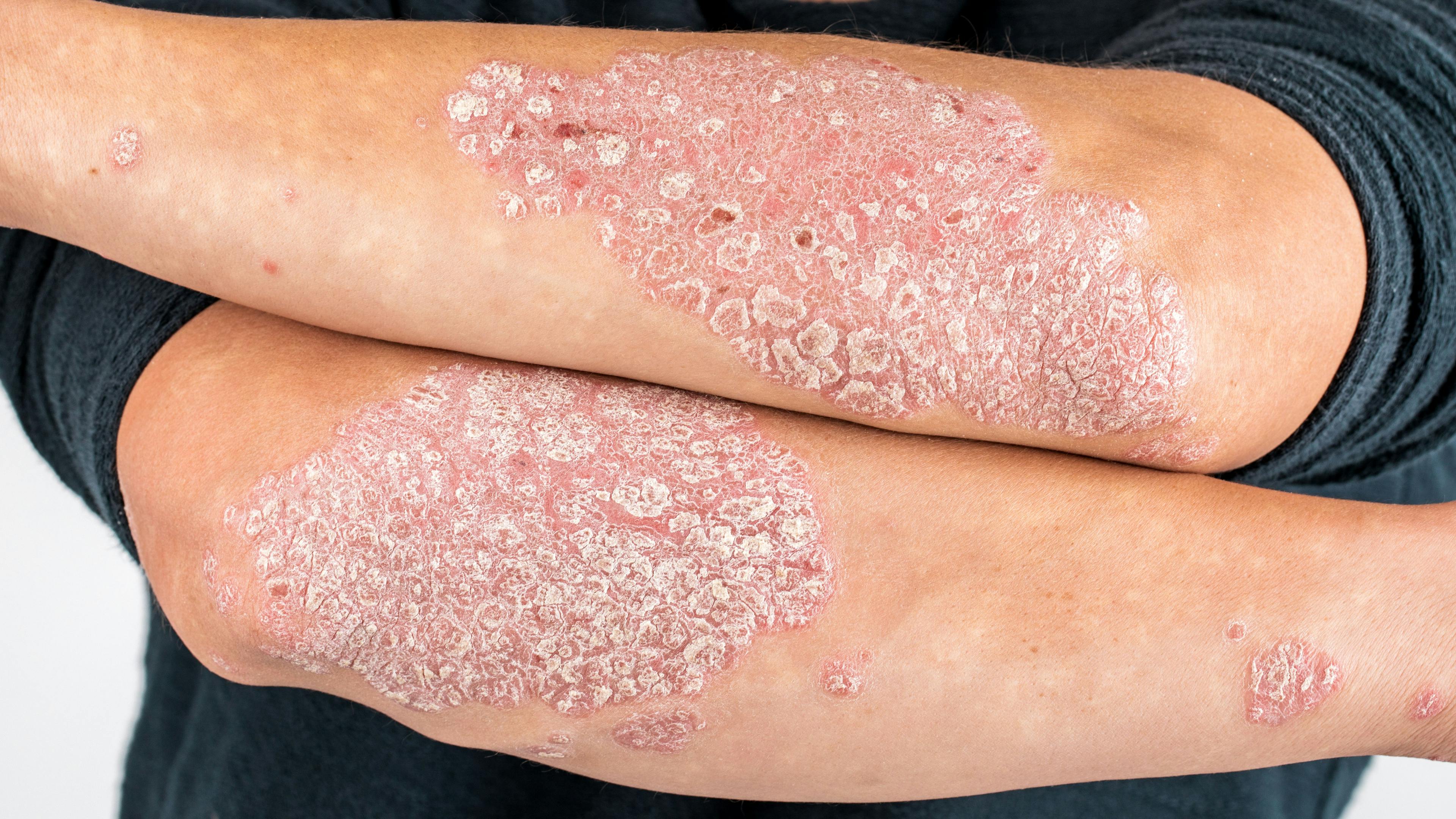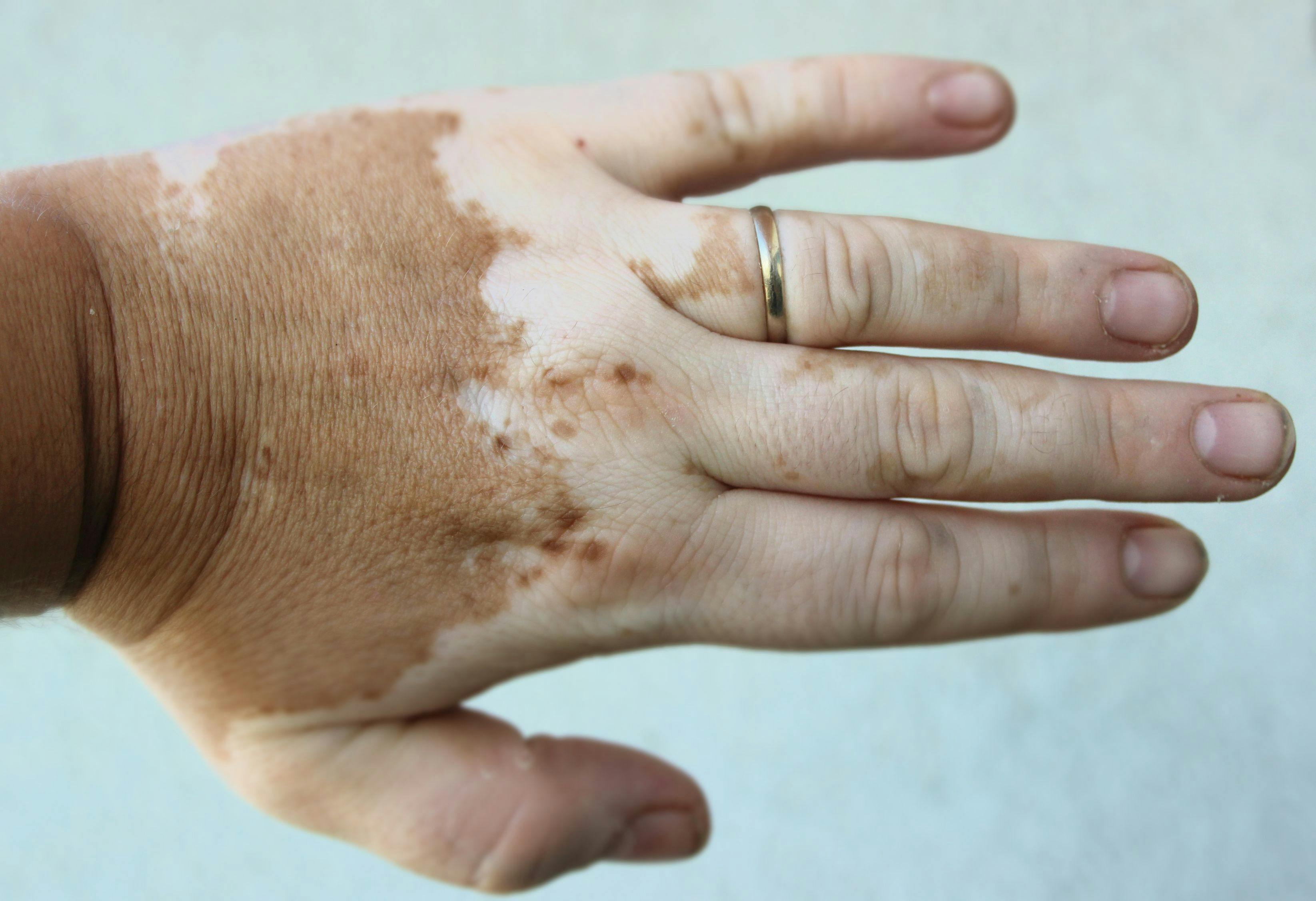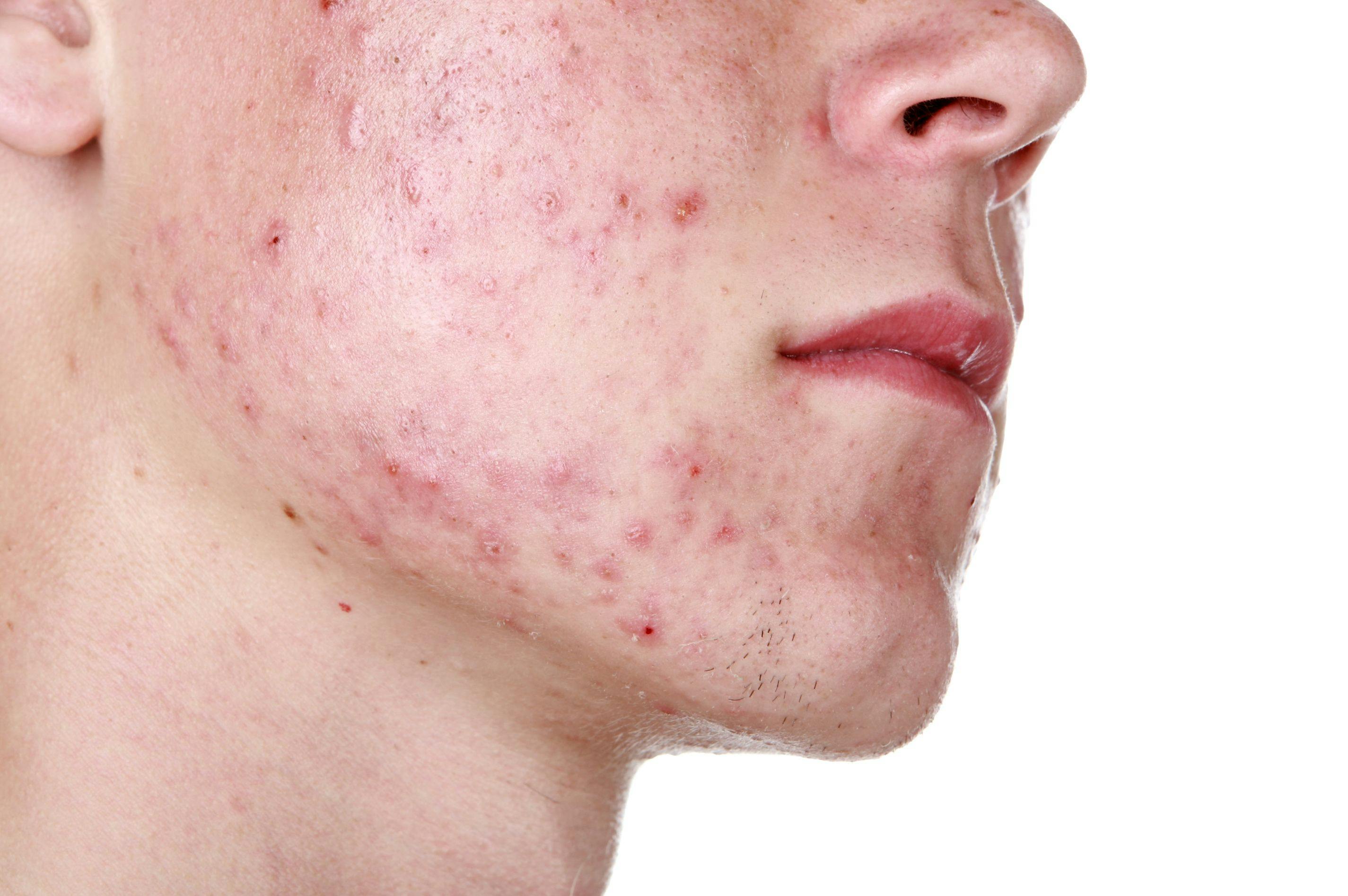- Acne
- Actinic Keratosis
- Aesthetics
- Alopecia
- Atopic Dermatitis
- Buy-and-Bill
- COVID-19
- Case-Based Roundtable
- Chronic Hand Eczema
- Drug Watch
- Eczema
- General Dermatology
- Hidradenitis Suppurativa
- Melasma
- NP and PA
- Pediatric Dermatology
- Pigmentary Disorders
- Practice Management
- Precision Medicine and Biologics
- Prurigo Nodularis
- Psoriasis
- Psoriatic Arthritis
- Rare Disease
- Rosacea
- Skin Cancer
- Vitiligo
- Wound Care
Publication
Article
Dermatology Times
Surgical Treatment of Vitiligo
Author(s):
A recent systematic review on surgical therapies for vitiligo examined surgical therapies such as punch grafting, suction blister epidermal grafting, and cellular grafting techniques
Vitiligo, an autoimmune disorder causing hypopigmentation, has traditionally lacked research on effective therapies given the common misconception that it is solely a “cosmetic issue”. Research on vitiligo has contradicted this idea and has demonstrated that vitiligo can cause significant patient morbidity by affecting the quality of life and self-esteem of patients.1 It can even cause significant depression.2 Given that providers are increasingly recognizing these important comorbidities, there have been efforts to develop new therapies and treatment modalities. For many years, the treatment of vitiligo has consisted of topical corticosteroids and topical calcineurin inhibitors that had only a modest effect, with the potential for adverse effects, given the chronicity of use required for this condition. For the first time in the history of vitiligo therapy, the US Food and Drug Administration (FDA) approved the use of topical ruxolitinib. Currently, ruxolitinib is the first and only FDA-approved therapy for vitiligo.
Unfortunately, many insurance plans do not cover ruxolitinib and out of pocket expenses could be thousands of dollars.3 Given the barriers to medical therapy of vitiligo, other therapeutic modalities are desperately needed in the treatment armamentarium. This reality has allowed the innovation and development of already existing surgical techniques with the goal of treating vitiligo. Surgical intervention for vitiligo has shown to be helpful and is especially effective in difficult-to-treat but stable vitiligo. Two main categories currently exist for the dermatosurigcal treatment of vitiligo which are the tissue graft method and the cellular graft method. As with most procedures, there are advantages and disadvantages to each method.
A recent systematic review on surgical therapies of vitiligo was published in August 2022 in Dermatologic Surgery.4 The authors reviewed surgical therapies such as punch grafting, suction blister epidermal grafting, and cellular grafting techniques. In their review, which is one of the largest and most comprehensive to date on this subject, the authors found evidence in a small meta-analysis that suction blister epidermal grafting may be more effective as compared to punch grafting. Common adverse events with each procedure included dyspigmentation, infection, and scarring. The potential benefits must always be weighed against these adverse effects.
In addition to reviewing the literature, the authors also offered their techniques and preferred materials needed to successfully execute these procedures. In this manuscript, the authors highlighted the importance of selecting the right patient for surgical intervention because these modalities work better for patients with segmental vitiligo or stubborn patches that are treatment resistant. While the results are promising, more studies are needed including head-to-head comparative studies with many different surgical procedures.
Despite the fact that vitiligo now has an FDA-approved therapy for its treatment, there is an increasing need for surgical therapy. Luckily, many of the tools and techniques needed to perform these procedures are already well-known to dermatologists and dermatological surgeons. Therefore, there is a significant opportunity for dermatology providers to readily integrate these techniques into their practice. Even though more studies are needed, it is exciting to see that more options are becoming available for patients suffering from vitiligo.
References
1. Elbuluk N, Ezzedine K. Quality of Life, Burden of Disease, Co-morbidities, and Systemic Effects in Vitiligo Patients. Dermatol Clin. 2017;35(2):117-128. doi:10.1016/j.det.2016.11.002
2. Lai YC, Yew YW, Kennedy C, Schwartz RA. Vitiligo and depression: a systematic review and meta-analysis of observational studies. Br J Dermatol. 2017;177(3):708-718. doi:10.1111/bjd.15199
3. Opzelura Prices, Coupons & Savings Tips. GoodRx. Accessed November 9, 2022. https://www.goodrx.com/opzelura
4. McCrary MR, Gibbs DC, Alharthi M, Krueger LD. Utilization of Our Toolkit: A Systematic Review and Meta-analysis of Surgical Therapies in Vitiligo Treatment. Dermatol Surg Off Publ Am Soc Dermatol Surg Al. 2022;48(8):815-821. doi:10.1097/DSS.0000000000003503

Newsletter
Like what you’re reading? Subscribe to Dermatology Times for weekly updates on therapies, innovations, and real-world practice tips.


























